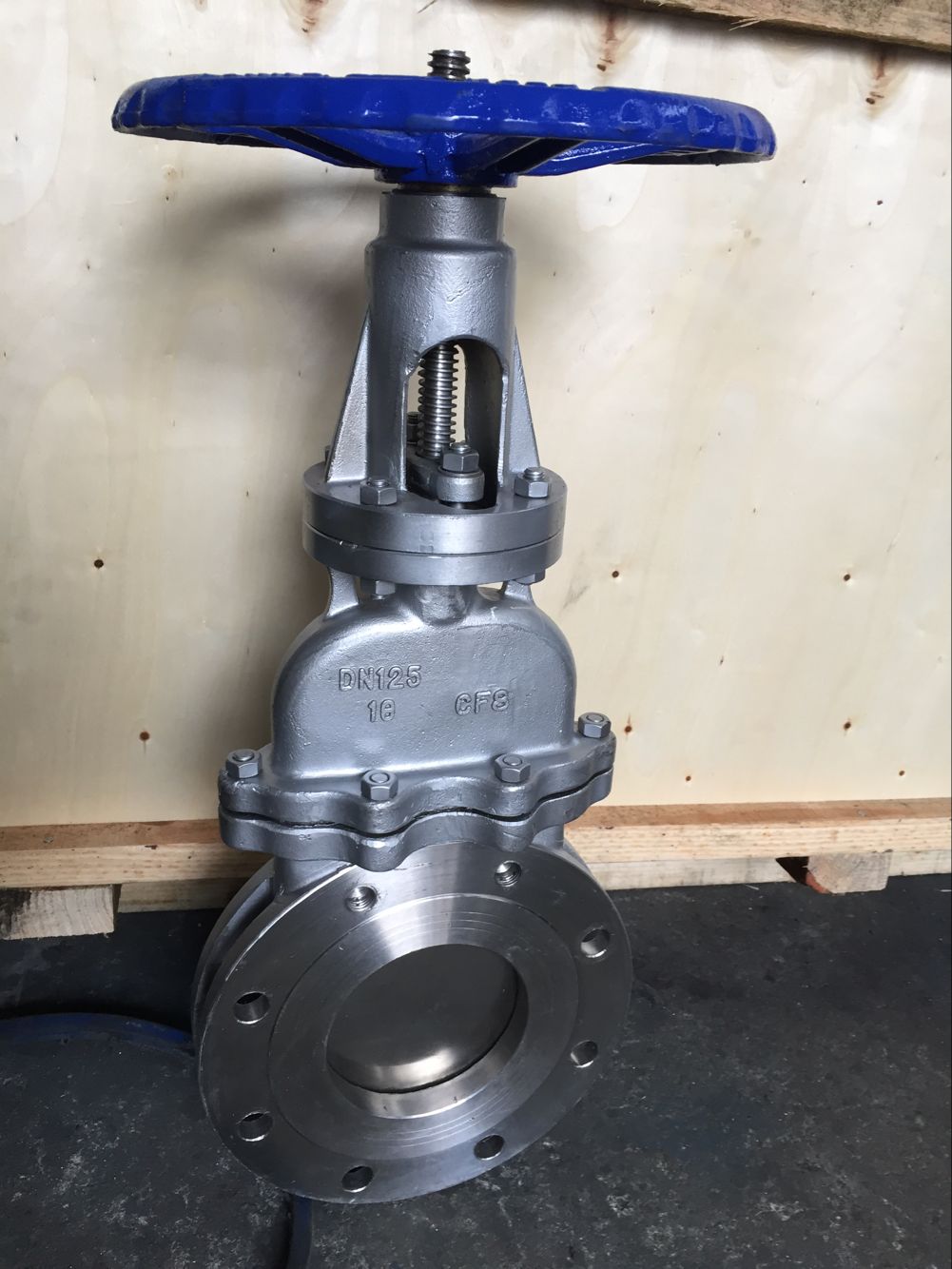Exploring the Benefits of a 12-Inch Flange in Modern Engineering Applications
Understanding the 12-Inch Flange An Essential Component in Modern Engineering
In the world of engineering and construction, flanges play a crucial role in connecting various components of piping systems. Among the many types of flanges available, the 12-inch flange stands out due to its versatility and wide range of applications. This article delves into the significance of the 12-inch flange, its design features, materials, applications, and the importance of proper installation and maintenance.
What Is a Flange?
A flange is a mechanical component used to connect two piping systems or to provide support to various equipment. Typically, flanges are circular in shape and feature a raised or flat surface that allows for secure bolting with gaskets in between to prevent leaks.
Design Features of the 12-Inch Flange
The 12-inch flange is characterized by its nominal diameter of 12 inches, which signifies the diameter of the pipe to which it connects. It is essential to note that flanges come in different pressure ratings, typically classified as Class 150, Class 300, and others, indicating the pressure and temperature ratings they can endure. The design includes bolt holes, usually evenly spaced around the flange circumference, allowing for easy installation and disassembly.
Flanges may also feature different types of faces, such as raised face, flat face, or ring type joint, tailored for specific applications. The choice of the flange face type can significantly affect the performance and sealing capability of the connection, making it essential to select the correct type based on the intended use.
Materials Used for 12-Inch Flanges
The material composition of a 12-inch flange is critical, as it affects durability, corrosion resistance, and temperature tolerance. Commonly used materials include
1. Carbon Steel Widely used in various applications due to its strength and affordability. 2. Stainless Steel Known for its corrosion resistance, making it suitable for harsh environments. 3. Ductile Iron Valued for its toughness and ability to withstand shear stress. 4. Plastic/Polymer Flanges Employed in applications where corrosion is a concern, particularly in chemical transport systems.
Selecting the right material is paramount for the longevity and efficiency of the piping system.
12 inch flange

Applications of the 12-Inch Flange
12-inch flanges are employed across various industries, including
1. Oil and Gas For connecting pipelines and storage vessels. 2. Water Treatment In systems that require the transport of potable water or wastewater. 3. Chemical Processing Where durability and resistance to chemicals are essential. 4. Power Generation In steam and gas pipelines to connect various components.
The versatility of the 12-inch flange allows it to be utilized in both residential and industrial settings, providing reliable performance under numerous conditions.
Importance of Installation and Maintenance
Proper installation of a 12-inch flange is vital for ensuring a secure and leak-free connection. Technicians must follow precise torque specifications to secure the bolts effectively. Insufficient or excessive torque can lead to a compromised seal or structural failure.
Regular maintenance checks are also crucial. Inspecting gaskets for wear and ensuring that all bolts are properly tightened can prevent leaks and catastrophic failures. Many industries follow strict guidelines to maintain the integrity of their piping systems, emphasizing the importance of continual assessment.
Conclusion
The 12-inch flange is an integral component of modern engineering, bridging the gap between systems while ensuring durability and efficiency. Whether in oil and gas pipelines, water treatment facilities, or chemical processing plants, these flanges are indispensable. By understanding their design, materials, applications, and the need for proper maintenance, engineers and technicians can enhance the reliability and performance of piping systems, ultimately contributing to safer and more efficient industrial operations.
As technology advances, so too will the design and application of flanges, making continued education and adaptation in this field imperative.
-
The Versatility of Ball Valves in Fluid Control SystemsNewsJun.10,2025
-
The Practical Benefits of Centerline Butterfly ValvesNewsJun.10,2025
-
The Benefits of Bellows Seal Globe Valves for Industrial SystemsNewsJun.10,2025
-
The Advantages of Offset Butterfly ValvesNewsJun.10,2025
-
Ductile Gate Valves: Strong, Reliable, and Essential for Every SystemNewsJun.10,2025
-
Cast Iron Gate Valves: A Reliable Solution for Every SystemNewsJun.10,2025
-
Why Choose a Brass Gate Valve for Superior Performance and DurabilityNewsMay.09,2025




